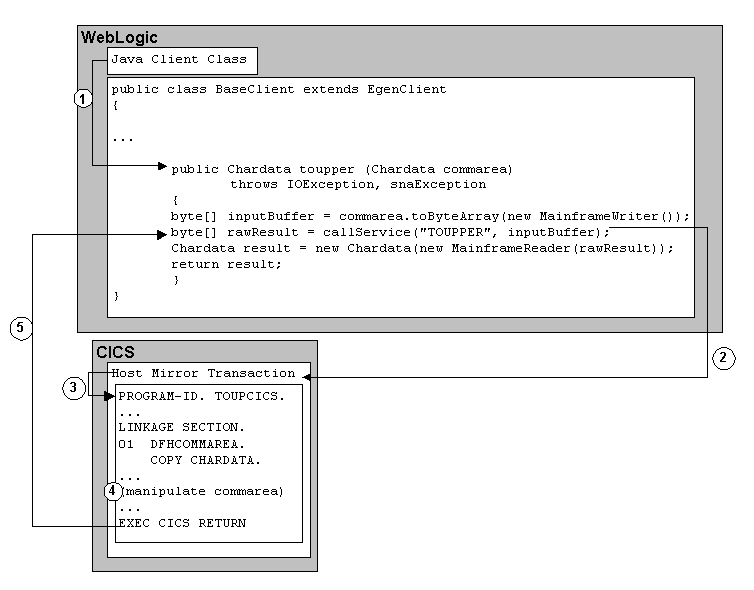

Java client define session id install#

HTTPOnly: Setting up an HTTPOnly attribute prevents access to the stored cookies from the client-side scripts.It is advised to use HSTS (HTTP Strict Transport Security) to guarantee complete encryption. Attackers will be unable to intercept the plaintext session ID, even if the victim’s traffic was monitored. HTTPS: The use of HTTPS ensures that there is SSL/TLS encryption throughout the session traffic.Here are a few ways you can reduce the risk of session hijacking: This can be done through communication and session management. In order to protect yourself from being hijacked while in a session, you need to strengthen the mechanisms in web applications. One such incident occurred in September, 2012, when an organization of session hijackers called CRIME breached an organization's website.ĬRIME ended up hijacking the session by decrypting HTTPS cookies set by the website and authenticated themselves as users by brute force, siphoning a considerable amount of data. This then gives them access to users’ login cookies which can be used to hijack the users session. TLS: TLS (Transport Layer Security) is just an updated, more secure, version of SSL.Ī session attack takes advantage of data leaks in the compression ratio of TLS requests.SSL: SSL stands for Secure Sockets Layer and, in short, it's the standard technology for keeping an internet connection secure and safeguarding any sensitive data that is being sent between two systems, preventing criminals from reading and modifying any information transferred, including potential personal details.These encryptions are necessary to protect your consumers' sessions and are in the form of certificates. In order to protect a user's session from getting hijacked, organizations can incorporate certain encryptions. These protocols have limitations, which is why they are vulnerable to attacks. The threat of session hijacking exists due to stateless protocol. Session fixation: Attackers supply a session key and spoof the user into accessing a vulnerable server.This can usually happen in case of an unsecured WiFi Hotspot in order to gain access to the network, monitor the traffic and set up their own access points to perform the attack. If the website takes the cheap route of using SSL/TLS encryption for its login pages only, the attacker can use the session key they have derived from packet sniffing to hijack the user's session and impersonate them to perform actions in the web application. Session side jacking: By using packet sniffing, an attacker can monitor the traffic within the network and intercept the user's session cookies after they have authenticated it.If the server doesn’t set the HTTPOnly in session cookies, injected scripts can gain access to your session key, providing attackers with the necessary information for session hijacking.
Java client define session id code#
Cross-site scripting (XSS): Attackers exploit vulnerabilities within servers or applications to inject client-side Java scripts into the users’ web pages, causing your browser to execute arbitrary code when it loads a compromised page.Here are some of the ways a session can be hijacked: How is a session hijacked?Īttackers have a number of options to hijack a user’s session, depending on the attacker’s position and vector. Although any session can be hacked, it is more common in browser sessions on web applications. In order to hijack a session, the attacker needs to have substantial knowledge of the user’s cookie session. After a user starts a session such as logging into a banking website, an attacker can hijack it. A user in a session can be hijacked by an attacker and lose control of the session altogether, where their personal data can easily be stolen. Session hijacking is as the term suggests. This article will talk about what session hijacking actually is, how it happens, and what can be done to prevent it. That being said, there is a constant threat of session hijacking looming. The start of a session is vital for any communication to occur over the internet. This can be referred to as a user-initiated session. This will remain active until the user ends the communication. In the simplest way possible, a session is defined as the communication of two systems taking place. Every time you log into one of these websites, a session is created. Logging into websites or portals are part of many people’s daily routines. IoT Chip to Cloud Integration Blueprintĭid you know you can automate the management and renewal of every certificate?.IoT Device Identity Lifecycle Management.


 0 kommentar(er)
0 kommentar(er)
